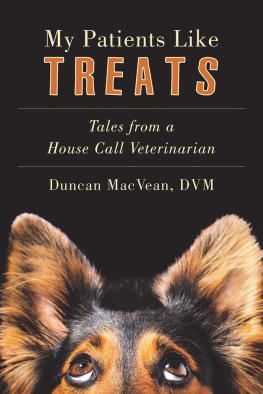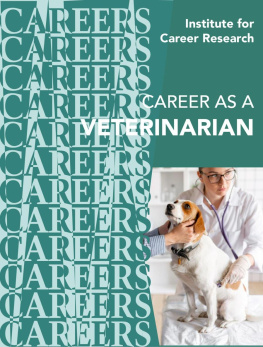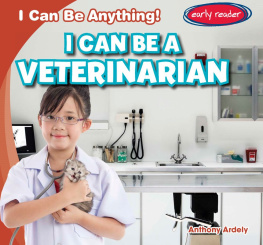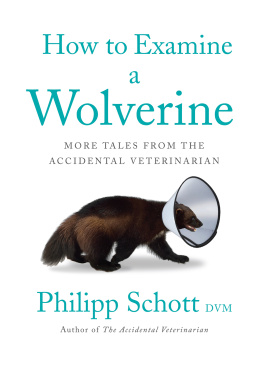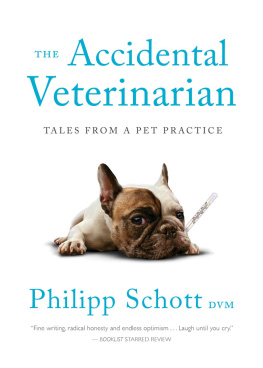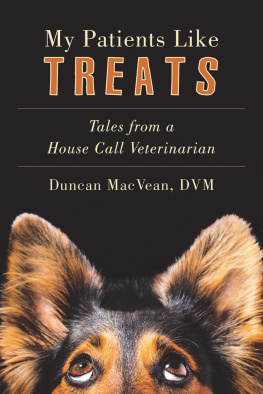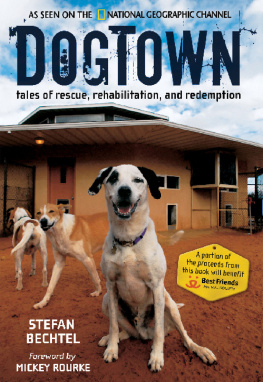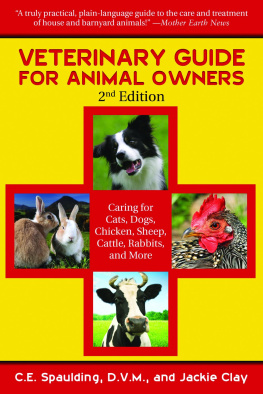Copyright 2018 by Duncan W. MacVean
All rights reserved. No part of this book may be reproduced or stored in a retrieval system or transmitted in any form or by any means, whether electronic, mechanical, photocopying, recording, or other kind, without the express written consent of the publisher, except in the case of brief excerpts in critical reviews or articles. All inquiries should be addressed to Skyhorse Publishing, 307 West 36th Street, 11th Floor, New York, NY 10018.
Skyhorse Publishing books may be purchased in bulk at special discounts for sales promotion, corporate gifts, fund-raising, or educational purposes. Special editions can also be created to specifications. For details, contact the Special Sales Department, Skyhorse Publishing, 307 West 36th Street, 11th Floor, New York, NY 10018 or .
Skyhorse and Skyhorse Publishing are registered trademarks of Skyhorse Publishing, Inc., a Delaware corporation.
Visit our website at www.skyhorsepublishing.com.
10 9 8 7 6 5 4 3 2 1
Library of Congress Cataloging-in-Publication Data
Names: MacVean, Duncan, author.
Title: My patients like treats: tales from a house-call veterinarian / Duncan MacVean, DVM.
Description: New York, New York: Skyhorse Publishing, Inc., [2018] | Identifiers: LCCN 2017054935 (print) | LCCN 2017058925 (ebook) | ISBN 9781510725683 (e-book) | ISBN 9781510725676 (hardcover: alk. paper) | ISBN 9781510725683 (ebook)
Subjects: LCSH: MacVean, Duncan. | VeterinariansBiography.
Classification: LCC SF613.M28 (ebook) | LCC SF613.M28 A3 2018 (print) | DDC 636.089092 [B]dc23
LC record available at https://lccn.loc.gov/2017054935
Cover design by Jane Sheppard
Cover photograph by iStock
Print ISBN: 978-1-5107-2567-6
eBook ISBN: 978-1-5107-2568-3
Printed in the United States of America.
Dedication
To Cruikshank and Charley, kindred spirits, like two peas in a pod.
Charley crossed the blessed Rainbow Bridge at 5:30 p.m. on November 3, 2012.
Cruickshanks story is yet to be told.
Contents
Preface
What is your favorite experience?a question I am often asked and find difficult to answer. There are animals Ive tangled with that I would just as soon forget, like the huge dog that mauled me over a mere vaccination. Of course, that was offset by a marvelous pig that listened to opera while I trimmed her nails. Most patients and their people are stories, wonderful stories, even when they are filled with pathos or turn out to be surprisingly bizarre. Like most of lifes stories, truth is many times stranger than fiction.
My encounters have been rich, warm, humorous, and, at times, sad. It is these adventures, relationships actually, that I have endeavored to tell. The events are real, but names and certain identifying features have been changed so as not to compromise my clients privacy. But those of you whom Ive visited will, no doubt, recognize yourself and recall the events. A couple of chapters are comfortable amalgams of two patients and their people in order to more fully cover the issues involved and for educational purposes. In some situations, I disguised the breed or size of the pet, particularly where the telling may be embarrassing to my client and where nosy neighbors might otherwise figure it out. I retained the accuracy of the dialogue to the best of my ability. Any errors in recollection are mine alone. My remembrances may have been filtered by slight tweaking here and there; but the events, feelings, ambiance, and flavors are all there. Often the meaning of reality is brought into true focus through the lens of storytelling.
The general sense of how veterinarians do house calls and my own specific approaches are revealed through my stories. Additional details regarding the practice of veterinary medicine and house calls are included in the final chapter.

How did I begin? After leaving my professorship and academic life at Colorado State University in 1988, I moved back to my hometown of Sacramento, California. Wondering what to do with myself and wanting to refresh my clinical skills, I volunteered at various hospitals in the region. I am most grateful to all the local veterinarians who let me observe, practice my skills, and probe them for knowledge.
I spent my first three years as a veterinarian working with wildlife in the jungles of Malaysia. My pre-veterinary undergraduate degree was in wildlife conservation, with hands-on capturing and handling many exotic species. One of the doctors who helped me with getting back into clinical medicine and surgery suggested that I start a house-call practice. He pointed out that I could start with minimal financial investment and that my wildlife veterinary experience would be useful in dealing with exotic species and fractious pets. Ive never regretted this career change, which has provided exciting challenges and variety and has been so rewarding in the people and pets Ive met.
Ive been treating and handing out treats to animals in my house-call practice for over twenty-five years now. These creatures in our care are wondrous. And so are their human companions. Our pets protect us, they work for us, they play with us, and they perform for us. And just as importantly, and in many cases more importantly, they aid our health, both mental and physical. Companionsthat is what I endeavor to tell about in this book.
As companions, these furred, feathered, and scaled species are indeed full members of our families. Ive always had difficulty calling us owners. Owners we are not, any more than we are owners of an adopted child. No, we are responsible for them. We are caretakers.
Who are the caretakers Ive encountered in my practice? There is no specific classification I can give them. Most are animal lovers, but not all. True caretakers do love their pets. Most have real empathy for their pets, but not all. Some clients are caretakers by default, such as when parents inherit a ten-year-old pet parrot (which might live for another thirty to forty years!) when their child leaves for college. One client received custody, when her ex-husband died, of a twenty-year-old green-winged macaw that could live for another fifty to eighty yearsand the parrot didnt like her.
Many people assume that the majority of house-call clients are shut-ins or elderly. That was not the case with my clientele.
My most common clients, no matter what part of town they lived in, were busy working people with several pets, who preferred the efficiency and convenience of having a house call as opposed to hauling the brood, one by one, to a veterinary hospital. They found that, with so many animals averaging out the added fee of a home visit, the cost wasnt much different from what a hospital would charge for the same services and meds.
A common visit for me consisted of annual checkups for dogs and cats, which included physical examinations and routine vaccinations. It often went like this
Pushing my way through the front door so the dog(s) or cat wouldnt run outside. Dogs and a curious cat sniffing my pant legs and my medical satchel. Some dogs scratching at my bag to get at the treats sequestered there. Skittish cats scurrying away to another room or under some piece of furniture. Questions from kids wanting to listen to heartbeats through my stethoscope. Holding, or restraining, often struggling, to keep a wiggly dog or nervous cat in place so I could inject the vaccines. Often having my client help, and sometimes having to teach how to hold, which might require fetching a dogs collar or scruff a cats loose skin between the shoulder blades. I cant count the number of times I had to explain how scruffing does not hurt the cat and how natural it is since it is the way momma cats move their kittens around. Doing the exams in a well-lit area (a challenge in homes where the lighting is poor; sometimes I did this out in the backyard if there was still daylight or by flashlight if it was dark). Many times conducting the exams while I knelt or lay down at pet level. Frequently, I got the While youre here, Doc, could you also take a look at Peaches? Shes not due for shots, but shes been scratching at her ears a lot lately. All of these could happen in a single days visits.

